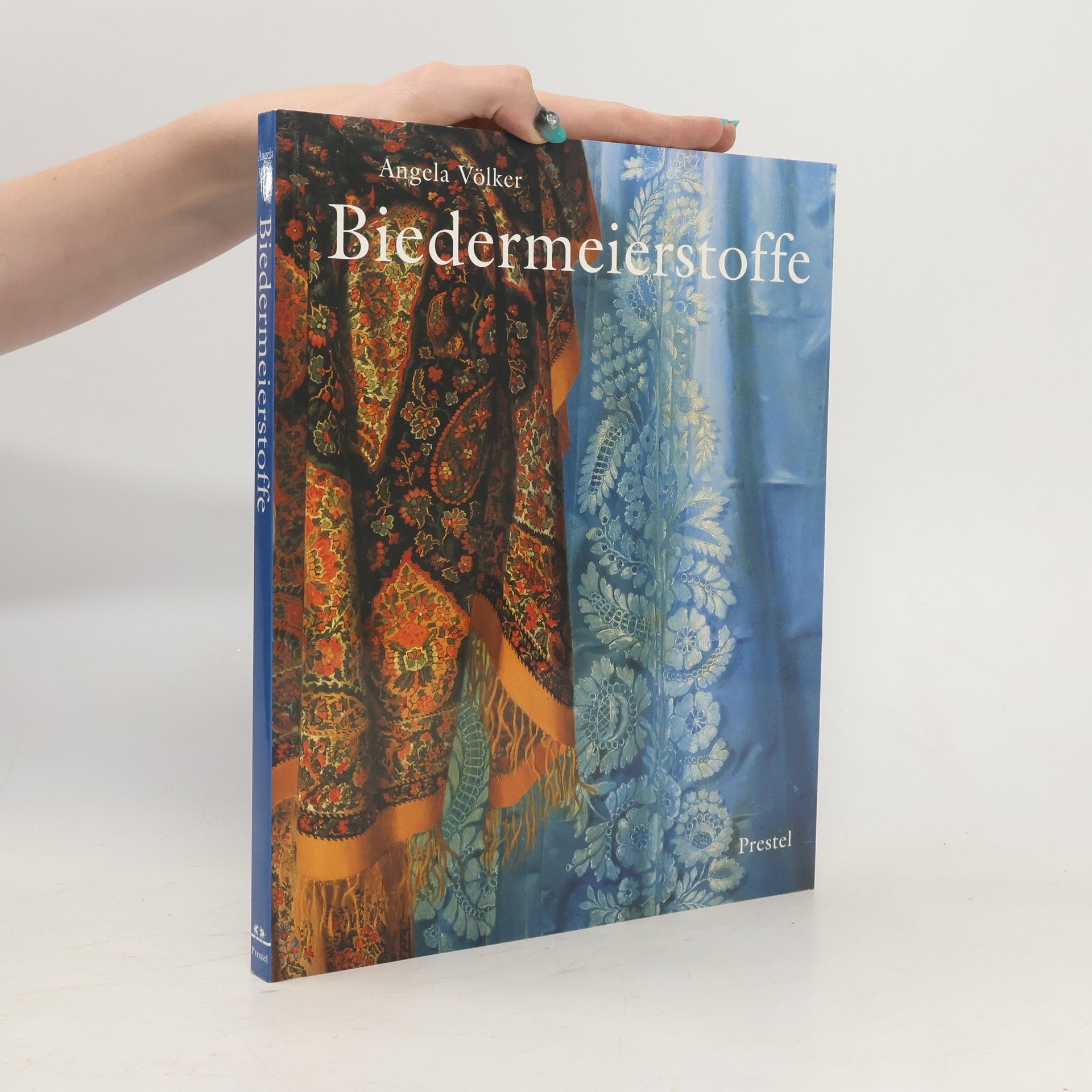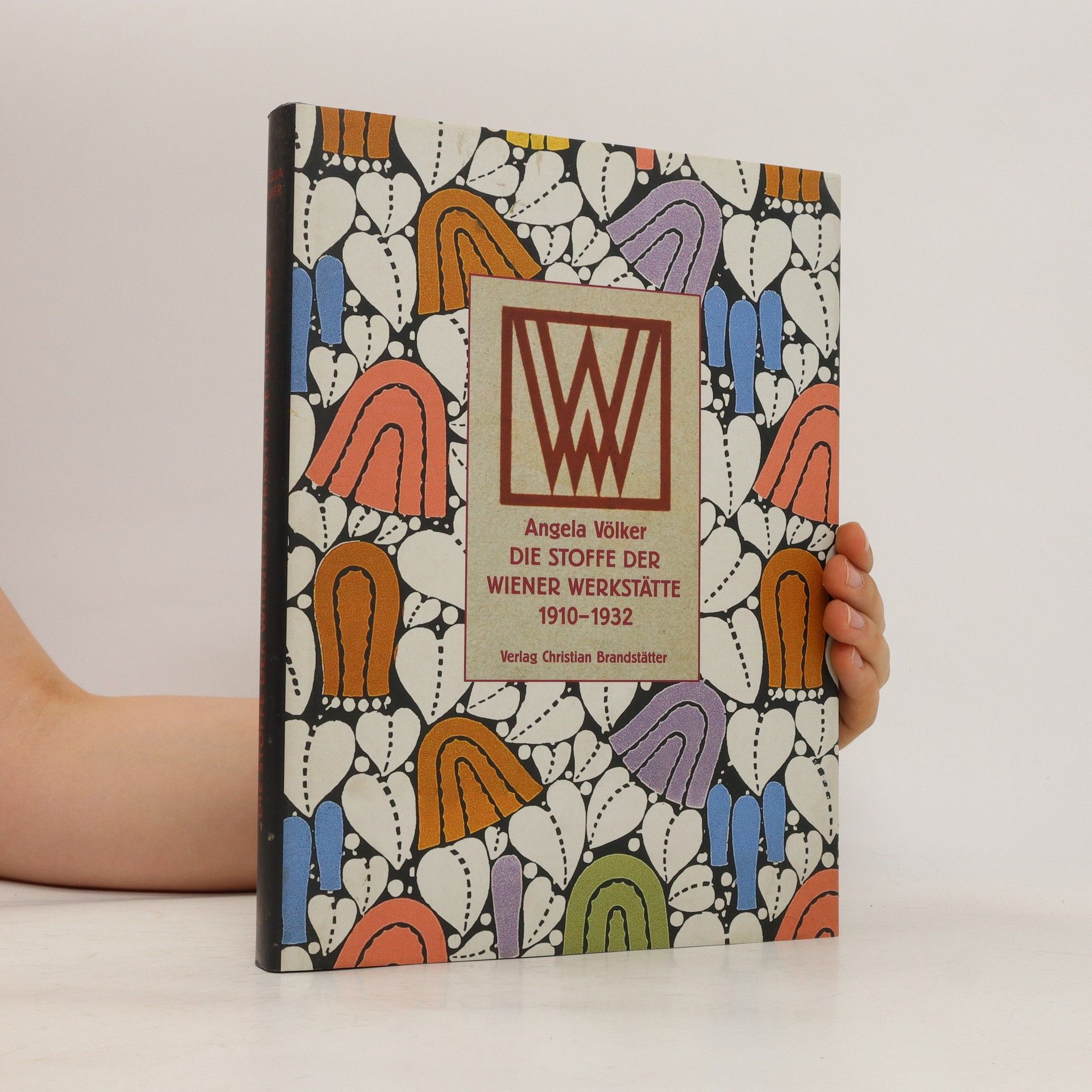The textile department of the Wiener Werkstatte was formally established around 1910, less than a decade after the inauguration of this famous and highly influential Viennese association of artists and craftsmen. The demand for fabrics for fashion interior was met by original designs from around 100 artists, including the association's co-founder Josef Hoffmann and other figures such as Dagobert Peche, Carl Otto Czeschka, Maria Likarz and Max Snischek. The result was one of the most remarkable legacies of modern textile design. This book draws on the original gouaches, pattern books and samples now in the collection of the Austrian Museum for Applied Arts, Vienna - a remarkable archive of over 1,800 recorded fabric designs.
Angela Völker Livres





A rich inventory of previously unpublished documents boasting great artistic sophistication can be found in the Wiener Werkstätte archive in the MAK – Austrian Museum of Applied Arts / Contemporary Art on the design and production of lace and embroidery produced there between 1906 and 1930. Together with the objects kept in the museum they convey an authentic picture of the department’s extraordinary production. Around forty designers are known by name. The earliest pieces of embroidery, from 1906, derive from furniture upholstery belonging to the Wittgenstein family, while lace production did not begin until 1915 and consisted of braids and covers, also inserts for curtains and counterpanes. The book provides a great deal of new information on this hitherto little-known Wiener Werkstätte department, including artists’ sketches and designs, blueprints, bobbin lace patterns, sample portfolios in WW design, and historical black-and-white photographs of the original objects. Selected Artists: Carl Otto Czeschka, Josef Hoffmann, Dagobert Peche, Maria Likarz-Strauss, Mathilde Flögl, Hilde Jesser-Schmid, Felice Rix-Ueno, Vally Wieselthier and Fritzi Löw-Lazar.
Die Stoffe der Wiener Werkstätte zählen zu den schönsten und bekanntesten Zeugnissen der legendären Künstlervereinigung, ihre Schöpfer waren u. a. Josef Hoffmann, Kolo Moser, dagobert Peche, Crl Otto Czschka und maria Likarz. Mehr als 1800 künstlerische und produktionstechnisch hochwertige Muster, die in der Innenraumgestaltung, für Mode und Accessories verwendet wurden.